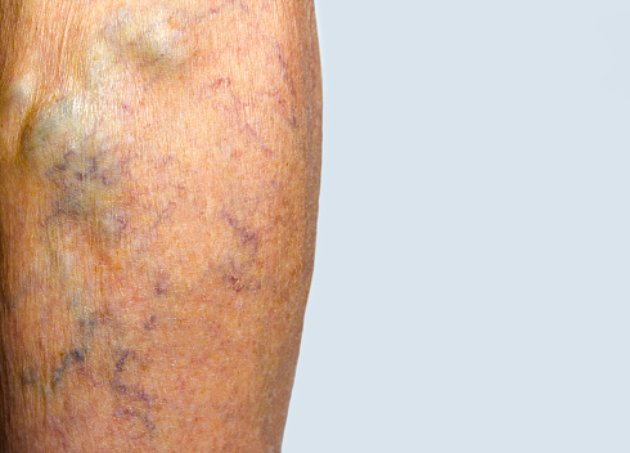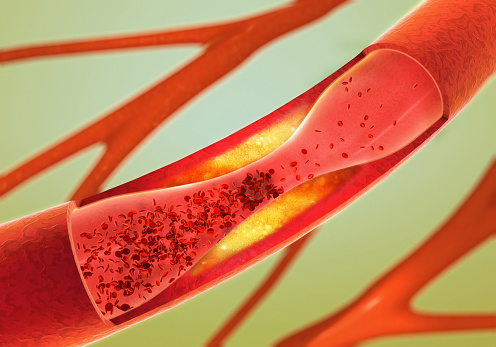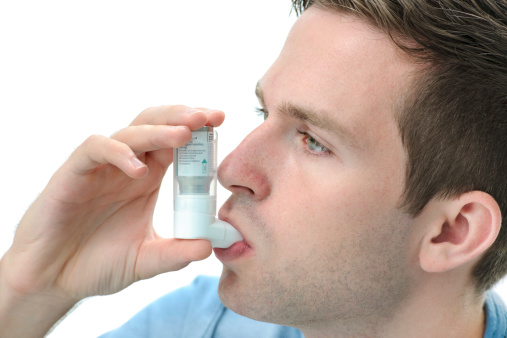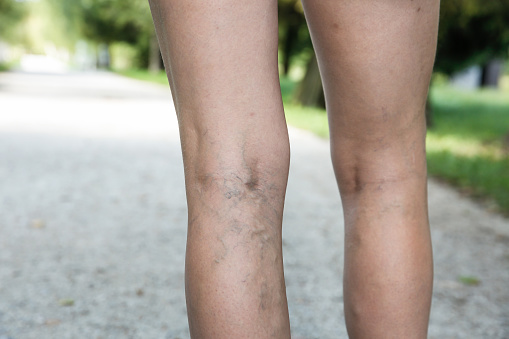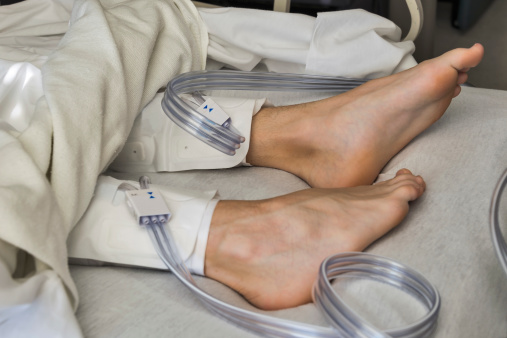Are your unsightly veins dangerous?
With warmer weather, many of us are showing off our legs by wearing shorts or skirts. But those of you whose legs are covered with blue veins (varicose veins) may be shying away from showing off your legs. Aside from being hard to look at, varicose veins can cause symptoms including itchiness, heaviness, fatigue, and ...click here to read more

